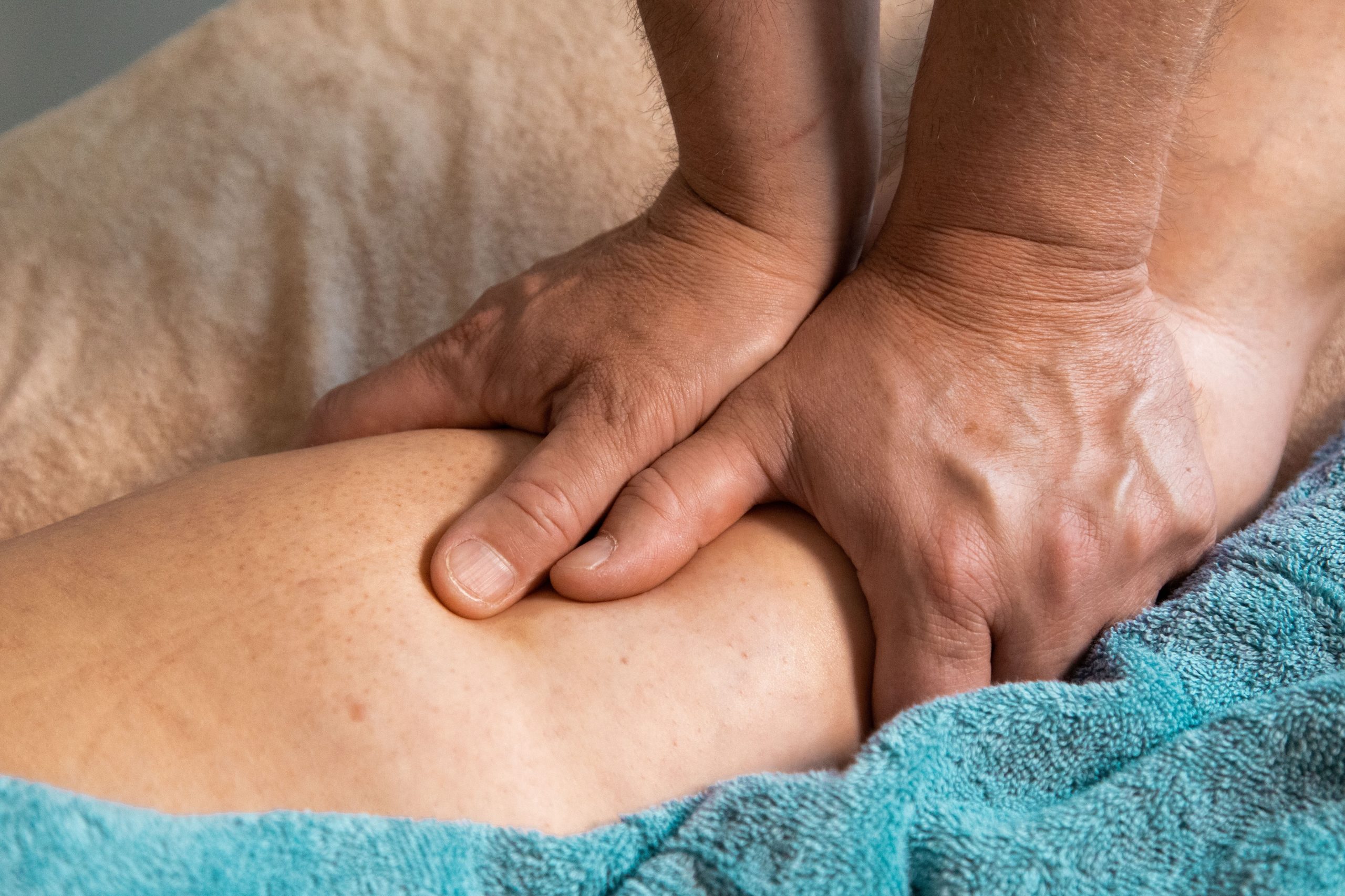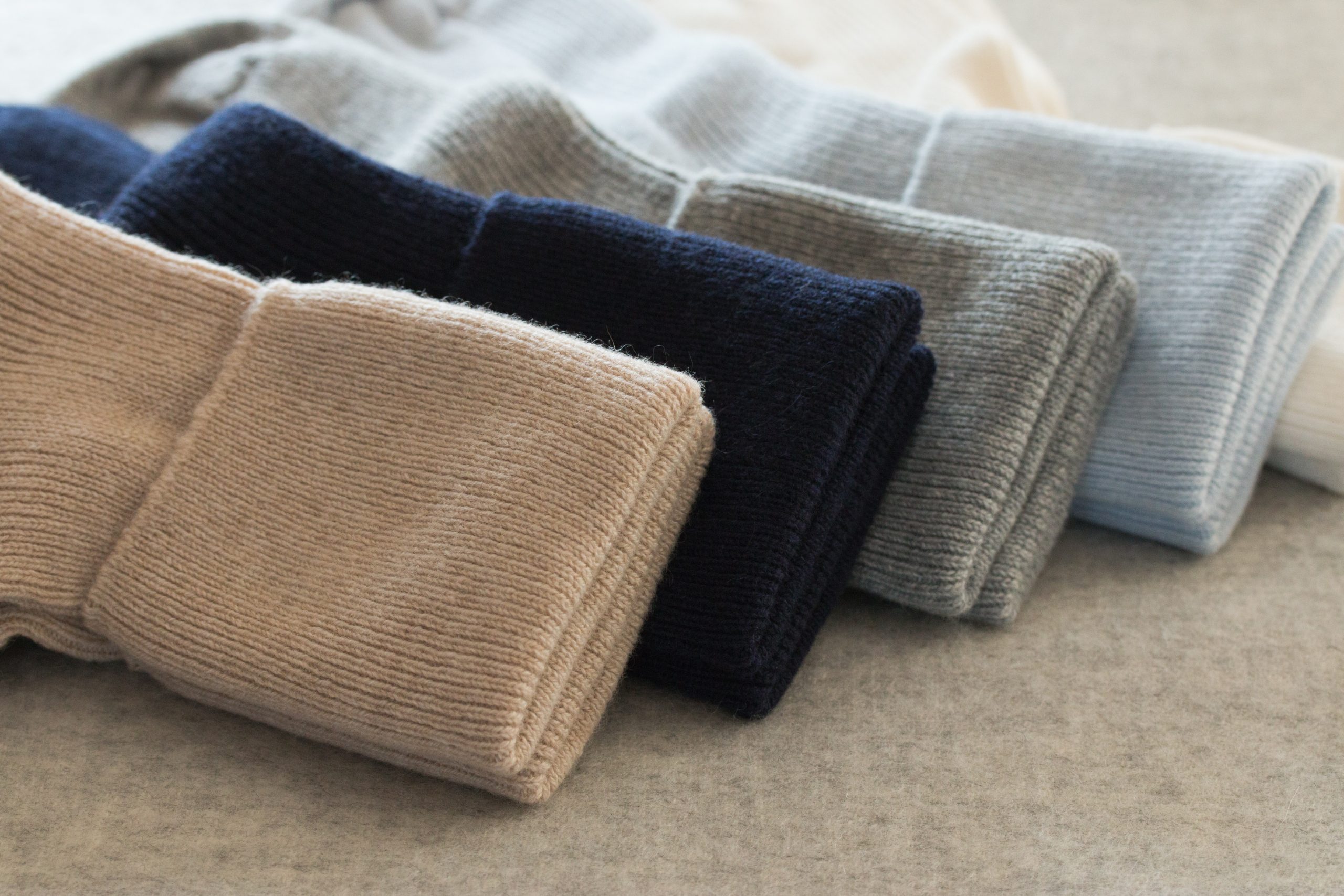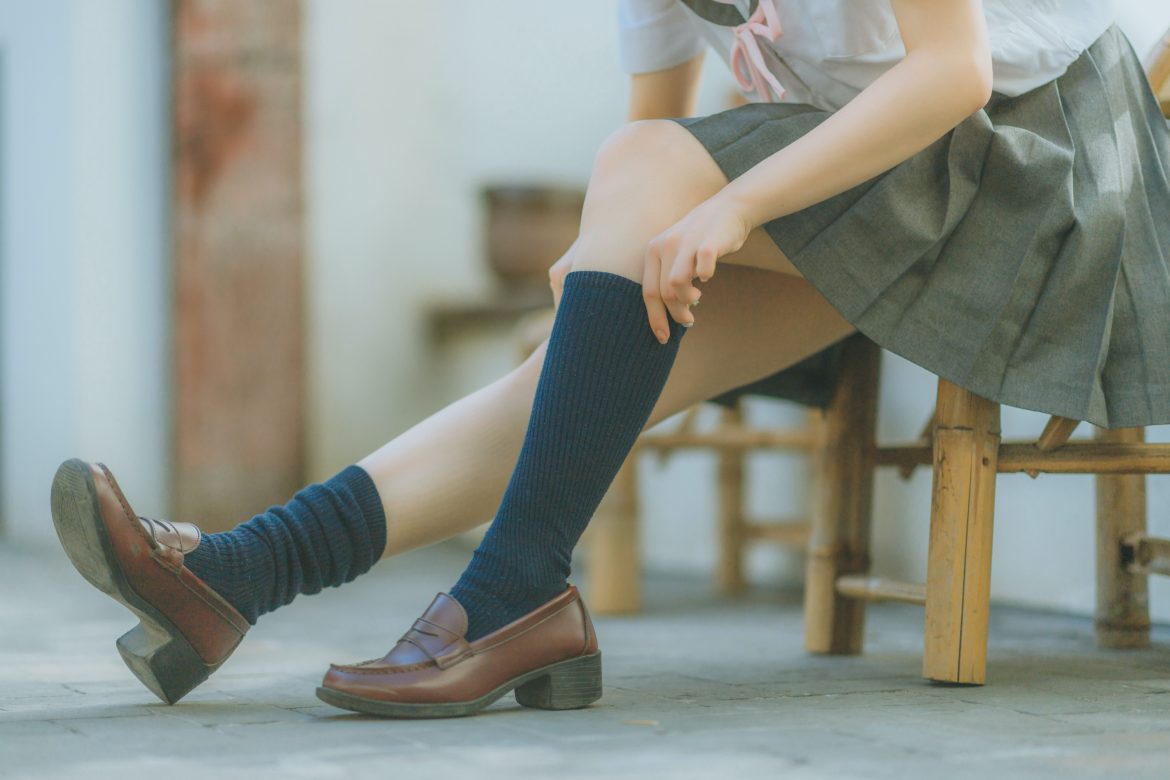
Photo by Nishikino Maki on Unsplash
If you suffer from neuropathy, you’ve probably experienced painful symptoms like numbness, weakness, and limb pains. It usually occurs in the legs and feet.
Neuropathy is when you have nerve tissue damage due to complications from diabetes. Many with diabetes use treatments to help with those feelings of “pins and needles” in their feet and legs; treatments including electrical currents or light therapy have been known to help.
You may get neuropathy without having diabetes; it could be attributed to a disease or injury and is categorized as peripheral neuropathy, caused by damage in communications networks and signals working with your brain and spinal cord.
The numbness and tingling feeling can be in your legs and feet but also your arms and hands.
Unfortunately, there’s no cure for neuropathy. But you can combat the pain in various ways to help relieve symptoms and prevent further damage.
One of the best ways recommended for neuropathy problems is using compression socks. But there are a lot of questions regarding how well they function and their purpose – here are all of the benefits to help you understand how compression socks work to combat the effects of neuropathy.
Symptoms of Neuropathy
It can be helpful to understand the complications involved when you have neuropathy and all of the symptoms that come with it. You may experience many different signs that point to this disease, such as:
- Loss of sensation,
- Swelling in the legs and feet,
- Foot ulcers,
- Poor blood circulation, and
- Gangrene.
Now that you know the symptoms caused by neuropathy, how can compression socks work for neuropathy? Here are the advantages of owning a men’s collection of compression socks that can help with your neuropathy problems.
Reduce Swelling in Legs and Feet
Swelling in the legs and feet is among the most common signs of neuropathy. They also frequently occur in people who are overweight, pregnant or ingest too much salty food.
Some medications for blood pressure, anti depression, or hormones can also cause swelling in your extremities as a side effect.

Photo by Bas Peperzak on Unsplash
When you wear compression socks, they increase the blood flow throughout your body, relieving the swelling that happens. You can see the swollen areas go down since it allows better blood flow back up to your heart.
The pressure created by the socks makes your blood vessels work harder to counter the effects caused by gravity. They provide energy to the legs and feet after long stints of standing or sitting.
Better Balance
Your balance and posture are important when it comes to your blood circulation. The ability to move and exercise helps keep your joints from being stiff and helps with pressure on your ankles and feet.
A movement study found a significant improvement in balance and better posture when individuals started wearing compression socks. It relieves pressure on your ankles to avoid any build-up that also leads to swelling.
Foot and Leg Health Issues
In general, when you have neuropathy, you can’t always feel pain in your feet since you experience a lot of numbness and tingling. It can eventually lead you not to notice when you have injuries or wounds.
The reduced healing process is usually diagnosed as foot ulcers, which are open sores or cuts that don’t heal properly and break down tissues and skin.
It can lead to more severe issues like gangrene if left untreated. Other problems include dealing with varicose veins, edema, and thrombosis.
Complications caused by foot ulcers and other leg problems can be prevented with the use of compression socks.
Other Benefits of Wearing Compression Socks

Photo by Johnstons of Elgin on Unsplash
You can experience a lot of discomfort with neuropathy. Still, men’s and women’s compression socks can help with other problems related to issues in your legs and feet, including the following:
- Plantar fasciitis
- Shin splints
- Athletes foot
Many pregnant women experience swelling in their legs and feet, and compression socks can be a welcome benefit to help increase blood circulation and reduce swollen limbs. Many athletes also utilize the advantages of compression socks to be more comfortable when they are active.
Compression Levels for Neuropathy
Compression socks provide different pressure levels, so choosing the best ones for your neuropathy is important. You should discuss it with your doctor for some suggestions. Most people with diabetes or other existing conditions wear 20 to 30 mmHg compression socks.
Some things to keep in mind when choosing the right compression socks for your neuropathy may include the following:
- Comfort – it’s up to you to be comfortable, and you should look for compression socks that will last. Try on different materials to feel what helps keep your feet and legs at ease.
- Moisture management – compression socks should be able to absorb moisture, so you don’t sweat a lot while wearing them. Sweating can irritate your skin and also promotes the growth of bacteria.
- Length of wear – you don’t have to wear the socks all day, but you should wear them throughout the day. Most people who wear them remove them before bed.
If you require relief from your neuropathy and haven’t utilized compression socks yet, there are plenty of benefits for preventing pain, stiffness, and other issues.
Take care of yourself and your health by enjoying the advantages of compression socks!
Written by Olivia Wolfe (oliviawolfe912@gmail.com)


